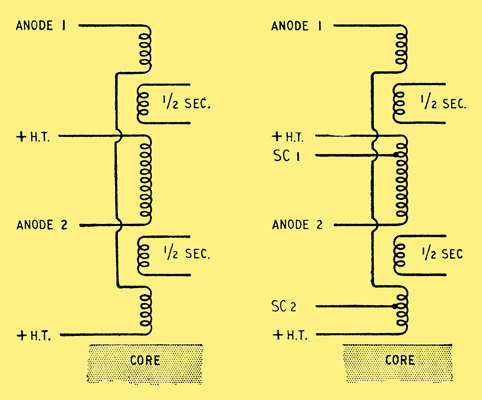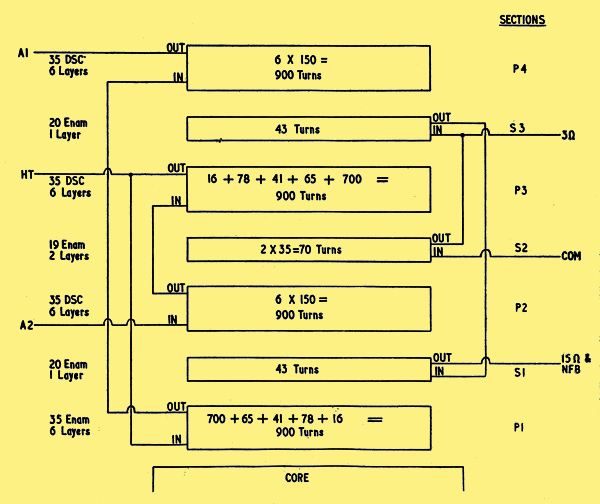Originally posted by Alan0354
View Post
This isn't to mention that outsourcing programming isn't half as informative (or detrimental to the US) as outsourcing the manufacturing of all our goods. China played this chess move two decades ago to posture themselves as the world leader in manufacturing. They simply can't be competed with and US and UK corporations are lined up to take advantage of the opportunity to line their pockets in direct proportion to the economic damage they do. China looked twenty years ahead. The people that are actually in charge in the US can't see past the next fiscal quarter. Guess who's going to win!?! And, to be fair, we shouldn't search for fault or some representation of evil in the winner just because we played badly and lost.
JM2C on that. (and I suppose this branch of the topic would be better moved to the "soap box")



 "]
"] "]
"] "]
"] "]
"]
 )
)

Comment